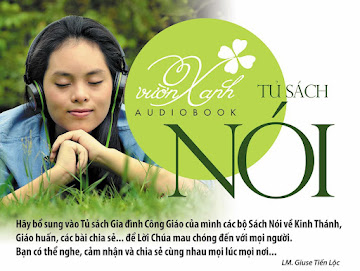Gregorian chant is the central tradition of Western plainchant, a form of monophonic liturgical music within Western Christianity that accompanied the celebration of Mass and other ritual services. It is named after Pope Gregory I, Bishop of Rome from 590 to 604, who is traditionally credited for having ordered the simplification and cataloging of music assigned to specific celebrations in the church calendar, although it is known now that he could not have done it as a system for notating music had not been established at the time.
praises and prayers to God .
- Chant Beneventano
- Ambrosian chant
- Gallican Chant
- Chant Mozarabic
- Ancient Roman Chant
- Chant Ortodox
- Matins: prayer vigil.
- Lauds: morning prayer.
- Bonus: six o'clock.
- Tercia: nine o'clock.
- Sixth: noon.
- Nona: three in the afternoon.
- Vespers: six o'clock.
- Complete: before going to sleep.
- The repertoire of chants for the Divine Office consists of:
- The singing of psalms
- Simple recitatives (cantillatio) readings and prayers.
Invitatory-Antiphons
- Hymns
- Antiphons sung before and after the psalms.
- Responsorios
- Te Deum
- Songs of the Old and New Testament (Benedictus, Magnificat, Nunc Dimittis)
- (Alma Redemptoris Mater, caelorum Ave Regina, Regina Caeli Laetare, and Salve Regina) coming from the eleventh century and are more complex than most of the psalms antiphonaries
- Sanctus and Benedictus
- Agnus Dei
- Ite, missa est
- The Kyrie consists of the repetition of "Kyrie eleison, Christe eleison, Kyrie eleison" ("Lord have mercy, Christ have mercy, Lord have mercy"). In the extraordinary form, each part is repeated three times and in even older missals, is "Kyrie eleison imas" (Lord have mercy on us "). Kyrie is distinguished as the only song in Greek rather than Latin.
- The Gloria sings the Great Doxology.
- Santo Domingo de Silo monks
- Credo: Your title is "Christmas Day Mass: Credo". Composed in S.VII onwards.
Gregorian chant had great impact on the development of Western music, especially the Medieval and Renaissance music.
Introit:
entrance song to start the celebration
Gradual Alleluia or Tract: after the readings
sequences
Offertory to accompany the procession of gifts
communion :
Besides these two groups of pieces, there are others that are sung as recitative with some inflections (cantillatio): such are the prayers, the readings, the preface and the Eucharistic prayer, the Our Father. They were parts for its simplicity could be executed by the celebrant or by people that did not require special singing skills












Đăng nhận xét